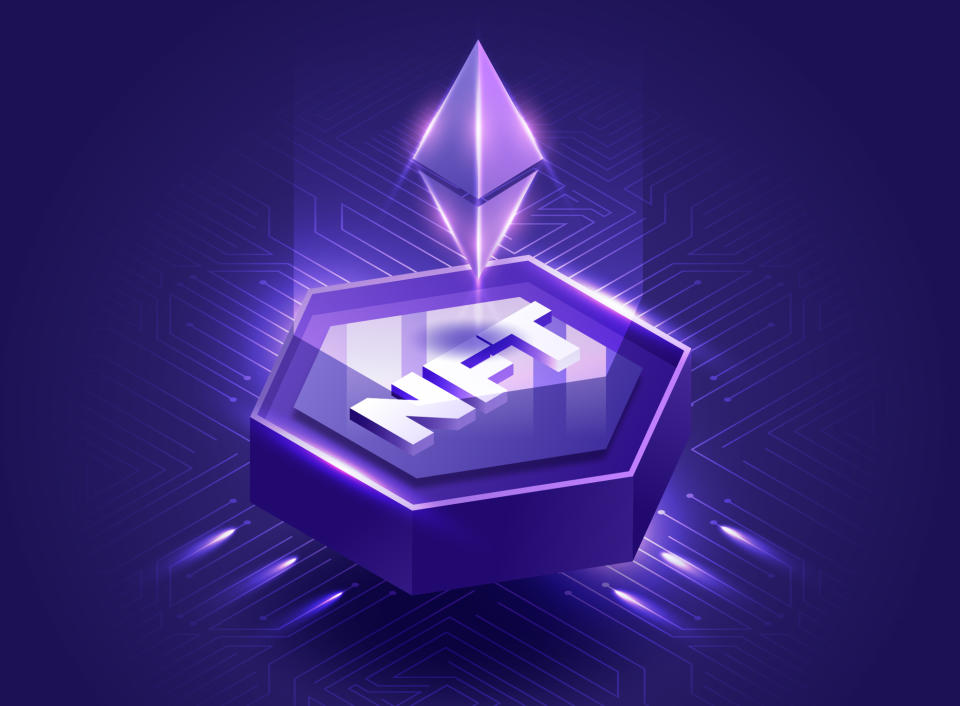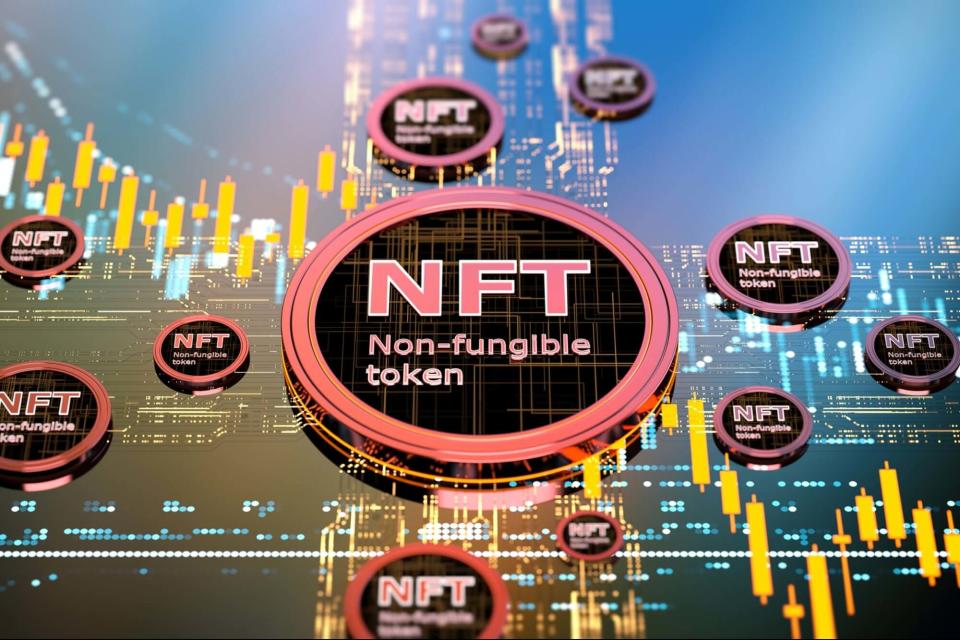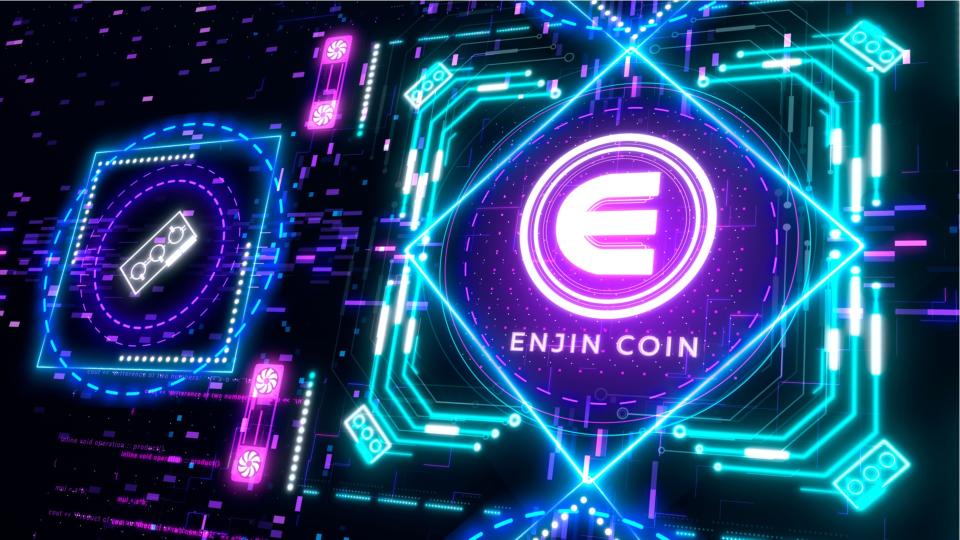Owning NFTs: What Do You Actually Own?
Owning NFTs: What Do You Actually Own?
Now, NFTs are considered the most popular tool for buying and selling digital art. It’s a so-called collectible asset that has value as a form of ВТС or LTC. In this context, art is seen as a means of investment. The popularity of NFT tools, which were first released in 2014, has grown significantly over the past 8 years. It’s not without a reason. The main reasons why developers, artists, and other enthusiasts prefer this way of owning creative industry products:
Quick entering the global markets
No risk of losing ownership due to bureaucratic procedures
Automatic calculation of “Royalties”
Publicity of all purchase and sale transactions

NFTs are meant to give people something that cannot be cloned, i.e. ownership of the virtual product (although any artist can retain reproduction rights, as with Royalty). But this does not mean that this tool is perfect. There are many deceitful schemes when users take profit from other people’s materials. So why are thousands of enthusiasts around the world willing to spend millions on something that could easily be screenshotted or downloaded? Let’s dig in!
What is NFT For?
NFT gives artists and authors the opportunity to monetize their work. All creative industry enthusiasts need is to join the digital ecosystem, create their own product, and put it up for auction. Thousands of creative people no longer need to rely on galleries or auction houses which involve paying margins. They can use the BTC ecosystem to publish a variety of files — musical works, paintings, collages, animations, etc. Furthermore, any artist can do this without intermediaries by sending the work as NFT directly to the art collector. Users can program licensing fees to earn money each time their product is sold to a new owner.
There is an almost endless number of features available for NFT — virtual land parcels, characters names (similar to domain names), clothing, event tickets, and more. Perhaps the most interesting case in this area is the numerous games. This technology is called GameFi. Each NFT token has its own transaction record on the Blockchain. Users can specify when it was created and when it changed hands. So each origin of NFT can be easily identified. In terms of authenticity, this solution is unmatched. No fakes, that’s important for both creators and potential buyers.
How Do the NFT Tokens Work?
NFTs are part of the Blockchain but such coins are separate tokens with additional information stored in the code. Each owner can change this parameter, so the currency is non-fungible. Additional data is that part of the NFT coins that allows this tool takes the form of art — pictures (JPG, MP3, video, GIF, etc), video, and music. Since assets have value, they can be bought and sold. Like with other types of art, the price is determined by the market and demand.

The globalization of digital art is inevitable, and for good reason. Perhaps this tool will be as popular as royalty in 10-15 years. Like all other digital assets and smart contract tokens, NFTs are fully programmable. In other words, they combine the best of decentralized Blockchain technology with artworks that are not fungible with each other. Unlike conventional digital assets which are issued and regulated by centralized entities(government, central banks, tax), and which may be reversed at any time, ownership in the NFT context seems undeniable. Such prospects interest millions of people involved in the creative industry — video production, advertising creation, sound recording, and more.
How is NFT Different From Cryptocurrency?
NFT types vary greatly and can take the form of a digital image, animation, character in the game, video, or music file. Essentially, they are just like any other physical collectible. But why then do users associate it with BTC? This is because the exchange, sale, and tracking of property rights are based on the Blockchain. Although there is a significant difference between the standard coins of this ecosystem. Unlike other cryptocurrencies, each NFT is unique. When miners convert BTC, they will get exactly the same coin. With NFTs, a 1:1 trade is unlikely.
Authorship — Why is it Safe?
With the Blockchain, collectors willing to buy digital art can quickly check on authorship and purchase information. All data is publicly available. Thus, anyone can download this file just like any other content on the Internet. When people buy a coin that points to an artwork, it becomes public. NFT tokens contain a link to a special file — the diagram that is divided into two parts. One is a Blockchain that cannot be deleted, and the other is a centralized HTTPS server. Although the purchase of an NFT token pointing to a particular file does not constitute ownership of that file or the artwork.
How Much Do NFT Transactions Cost?
Theoretically, any user can sell their work as an NFT. But only the most expensive transactions get the publicity. Top-rated NFT is the work of an artist named Beeple. This author sold a collection of 5,000 of his works for more than 69 million dollars. Although this is not the only cause of a successful transaction. Enthusiasts who want to break this record should pay attention to the following:
Product uniqueness and value to society
Interest in a work of art from potential buyers
The reasonableness of the price set for a particular lot

Crossroads is another NFT created by Beeple. It contains a message against the former US President. It shows an enlarged reclining figure of Donald Trump lying naked and covered in graffiti on the side of a road. Interestingly, the buyer did not know which piece of art he would receive. This product was ultimately sold for $6.6 million.
NFT Explosion
In 2018 and 2019, the NFT ecosystem had tremendous growth. Now, we have over 100 projects in this space. Deploying the NFT ecosystem has become even easier due to Web3 wallets continuing to improve. In addition, there are websites such as ICOholder that delve into BTC market indicators, and different guides. This platform provides general information about the Blockchain ecosystem. If you visit this website, make sure the digital art is promising. In November 2020, Non-Fungible estimated that the number of active addresses owned by NFT users was around 70,000.
Key Takeaway
No doubt, NFT tokens are extremely powerful. The Blockchain ecosystem is promising for different mobile applications and teams that create a variety of digital products. It’s due to the innate desire of people to possess rare and unique items. The use cases vary, only the imagination of developers can be limited in this regard. In five years, the NFT sector may look completely different from what it does today. With interoperability, the possibilities are truly endless. Developers can create innovative applications, and interoperable components will completely change the market.

 Yahoo Finance
Yahoo Finance 